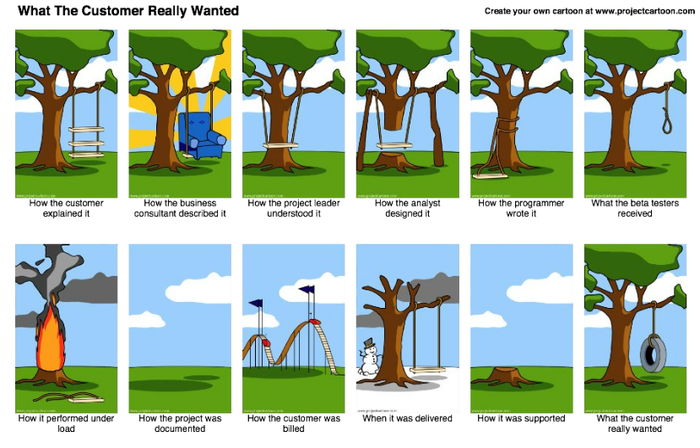
A cause might be that muscles seize when not moved, a blocker however can be behavioural or situational, like, ‘I’m too lazy to do regular exercise’ ) This is important because we have to work on things we can affect. There are two parts to this, one is causes and the other is blockers. There should be a few of these and they are often multi-layered. If these causes were removed your outcome would be already a reality. Now that you know what the world will be like after you succeed you need to ask, ‘What’s preventing the outcome being achieved?’ That is, ‘why isn’t it already how you want it?’ Step 2: Why is the status quo is the status quo A well-formed vision will cover the product’s desirability, viability and feasibility. It provides a point of focus moving forward and should direct your investigation in general as well as directing your choice of success metrics for each and every experiment. They love the product so much they basically sell them for us, and in the first year of release, we have sold 300,000 units and have over 30 distributors nationally.

In fact, significant numbers of customers order more than one and frequently request the expansion of our product range. They regard the product as a necessity and a delight. People who use our product no longer suffer back pain. What will the world be like for users of your product or service once they have it? This is your outcome, it’s your grand design, your vision for the future in which your product or service is a huge success and peoples lives are transformed. The actual Step-by-Step Guide starts here… Step 1: Imagine the change you want, and write it down Use it to diverge, and create as many possible solution ideas as possible. Imagination is essential and has a very important role to play.
Product hunt prd how to#
It’s okay to use your imaginationĭon’t let being scientific mean that your team turns into a group of soulless empiricists who may have learned how to apply a Vulcan nerve pinch but couldn’t design their way out of a paper bag.

Once you know the general direction your going, you can move into solving problems. Once you have formed a good customer problem statement and prioritised your project by mapping its risks, your observations and business goals need to be summed up in a clearly articulated vision of the future. Imagine, for example, that you have discovered that a lot of people suffer back pain as a result of sitting at an office desk and you want to make a product that solves this issue.

Once you understand the space you’re working in ideation can begin and it can be systematic and rigorous. This is what observation is for and why research is essential.

If you want to be more than a one-hit-wonder and develop an ongoing process of product development and innovation you need to find statistically significant problems to solve. Good hypotheses come from good observations. Do that and chances are we’re going to waste a lot of time and money. A lot of people that take on the Lean approach seem to think that they should just get in a room ‘ideate’, then throw it out to customers and see what sticks. We won’t learn anything useful if our hypotheses are not insightful and well-formed. I’m lazy, so when it comes to why we need good hypotheses the answer is, crap in means crap out because alchemy is not a thing. Once you succeed, and people are buying and using your product it’s no longer a hypothesis. The hypothesis is your guess at why a particular solution will succeed. Well, the first thing to accept is that no matter how much research you do, your product is just a theoretical solution to a human need or want that you hope will result in business success.


 0 kommentar(er)
0 kommentar(er)
